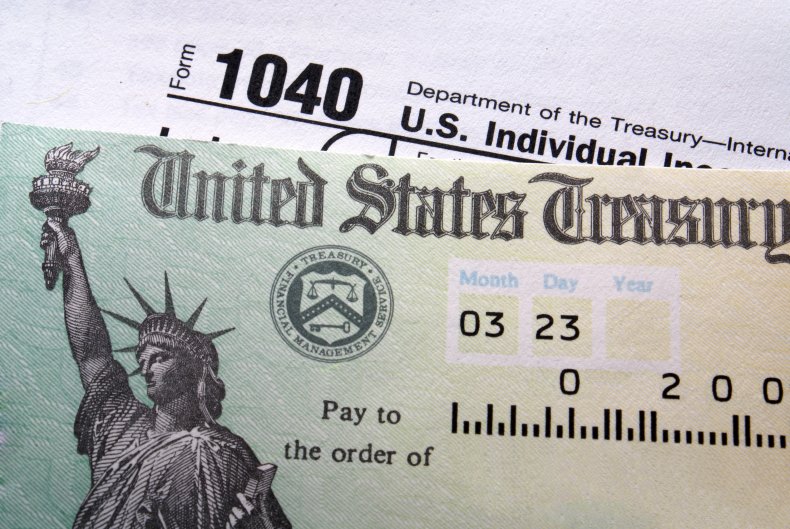
Older American and others on Social Security could get a significant bump in their annual cost-of-living adjustment next year, with experts forecasting that the typical recipient could receive an additional $1,900 in 2023 to keep up with inflation.
Many seniors have struggled this year as their 2022 bump, 5.9%, lagged the hottest inflation in 40 years. Consumer prices cooled in July as gasoline prices dropped, but inflation remains scorching hot — up 8.5% from a year ago.
The Social Security Administration bases its annual COLA adjustment on inflation data from July, August and September, with the agency announcing its official hike in mid-October. With data now available for one of those three months, seniors could see an average monthly increase of 9.6%, according to the Senior Citizens League. If inflation continues to ease, seniors could finally get a break in 2023 and close the benefits gap that many are now experiencing.
Based on the average monthly benefit of $1,656 in 2022, a 9.6% boost would amount to a monthly gain of about $159 and an annual gain of $1,900, the nonpartisan group said.
“A high COLA will be eagerly anticipated to address an ongoing shortfall in benefits that Social Security beneficiaries are experiencing in 2022 as inflation runs higher than their 5.9% COLA,” said Mary Johnson, Social Security and Medicare policy analyst at the Senior Citizens League, in an email.
Johnson said she expects the Social Security Administration to announce the COLA on October 13, following the release of September inflation data.
The Social Security Administration bases its annual benefits adjustment on a slightly different index, the Consumer Price Index for Urban Wage Earners and Clerical Workers (CPI-W), a basket of goods and services that are typically bought by workers.
The CPI-W increased 9.1% in July, the Labor Department said on Wednesday.
Falling short by $58 a month
To be sure, there are still two months of data yet to go, and the Social Security COLA could end up being higher or lower, depending on inflation’s trajectory in August and September. Johnson said she is estimating a COLA range from a low of 9.3% to a high of 10.1%, with 9.6% most likely given the most recent data.
The average monthly benefit for the current year stands at about $1,656, but that is falling short by about $58 per month for the typical senior, Johnson said.
That may be pushing more seniors to rely on government assistance programs, she added. In 2021, about 37% of seniors who were surveyed by the group said they received aid from programs for low-income people. Prior to the pandemic, about 16% of seniors received needs-based assistance, according to Census data.
“This suggests that the pandemic and inflation have caused significantly higher numbers of adults living on fixed incomes to turn to these programs to supplement their Social Security and Medicare benefits as prices have continued to climb,” Johnson noted.
Medicare premiums: How high?
Many seniors got slammed this year when the 5.9% cost-of-living adjustment failed to match inflation — and then got walloped again due to a 14.5% premium hike for Medicare’s Part B, which covers doctor visits and outpatient care, as well as some drugs.
Medicare costs surged because of the plan’s coverage of the costly and controversial Alzheimer’s drug Aduhelm. But Medicare has said it would restrict use of Aduhelm, while its manufacturer cut the drug’s price.
Because of those developments, it’s possible that Part B premiums may not increase much in 2023, Johnson said.




